Honda produces many best-selling vehicles, like the Civic, Accord & CR-V. But what’s the best option when it comes to powering these very capable vehicles? We did some research.
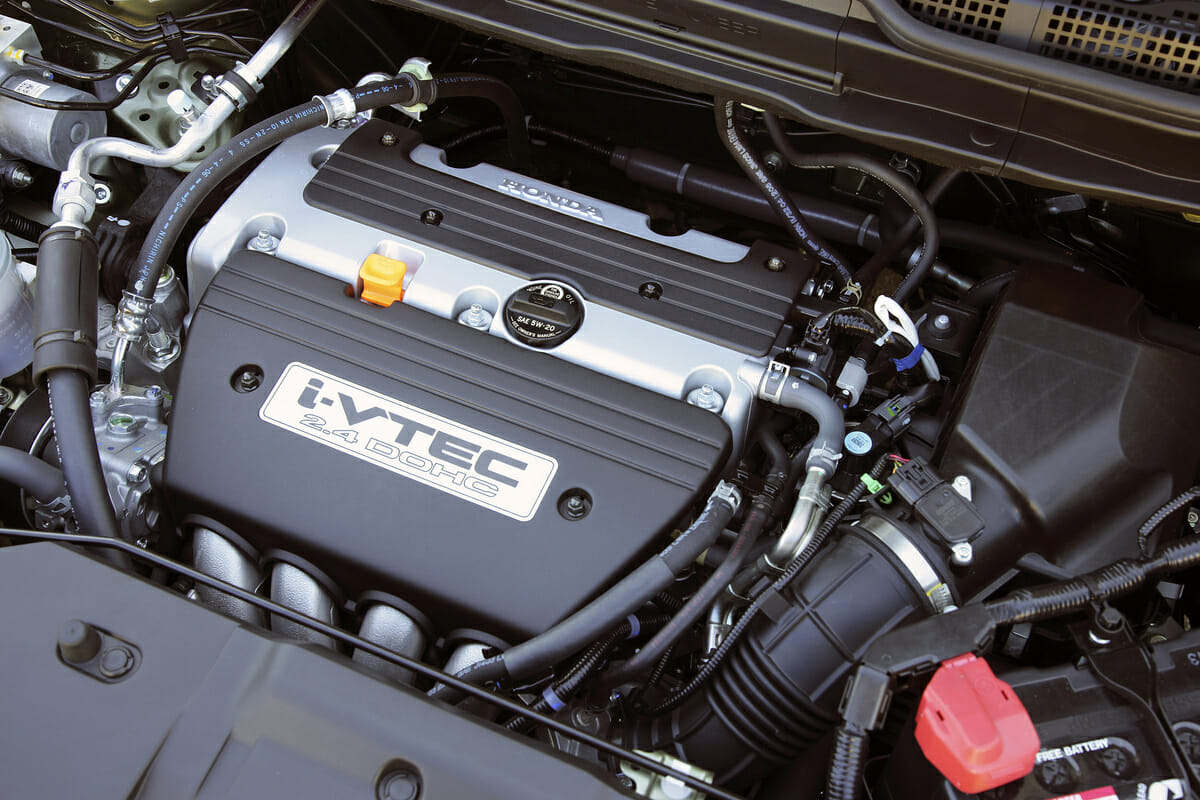
As you might expect from a company that has produced over 27 million cars since 1982, Honda’s reputation for precision and reliability is unparalleled. That reputation dates back to the iconic carmaker’s launch, although the eighth largest automobile manufacturer in the world had humble origins.
Founded by Soichiro Honda in 1937, the company started out making piston rings for Toyota. After WWII, Honda sold the remains of his piston ring company to Toyota. He later started the Honda Technical Research Institute that in turn became the Honda we know today.
Honda was incorporated in 1948, and in the beginning, the company made motorized bicycles, eventually moving on to pure motorcycles. The automaker didn’t produce its first car until 1963 with the Honda T360, a small pickup truck.
Since then, Honda has released a number of best-selling vehicles, including the Honda Civic, Accord, CR-V, Pilot, Ridgeline, and many more popular vehicles.
With so many different vehicles on the market and with them a variety of engine designs over the years, what’s Honda’s best example when it comes to powering these very capable and reliable vehicles?
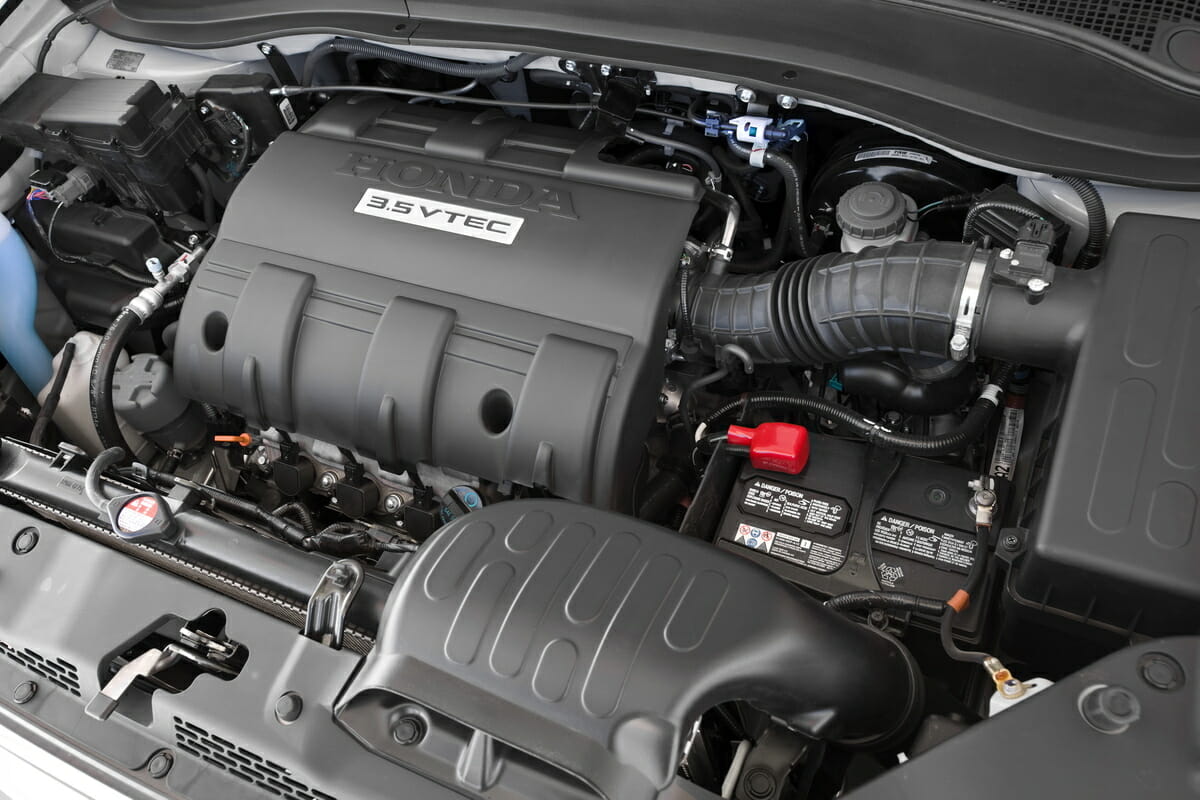
Honda’s V6: VTEC Power is Unleashed
Developed as a way to obtain more power from engines with small displacements, VTEC was introduced in 1991 in America on Honda’s first supercar, the Acura NSX. Most modern Honda engines come with VTEC, which is an acronym for Variable Valve Timing & Lift Electronic Control. At higher engine speeds a different camshaft engages, allowing for greater valve lift. It’s an efficient way to add power without resorting to turbochargers or more cylinders.
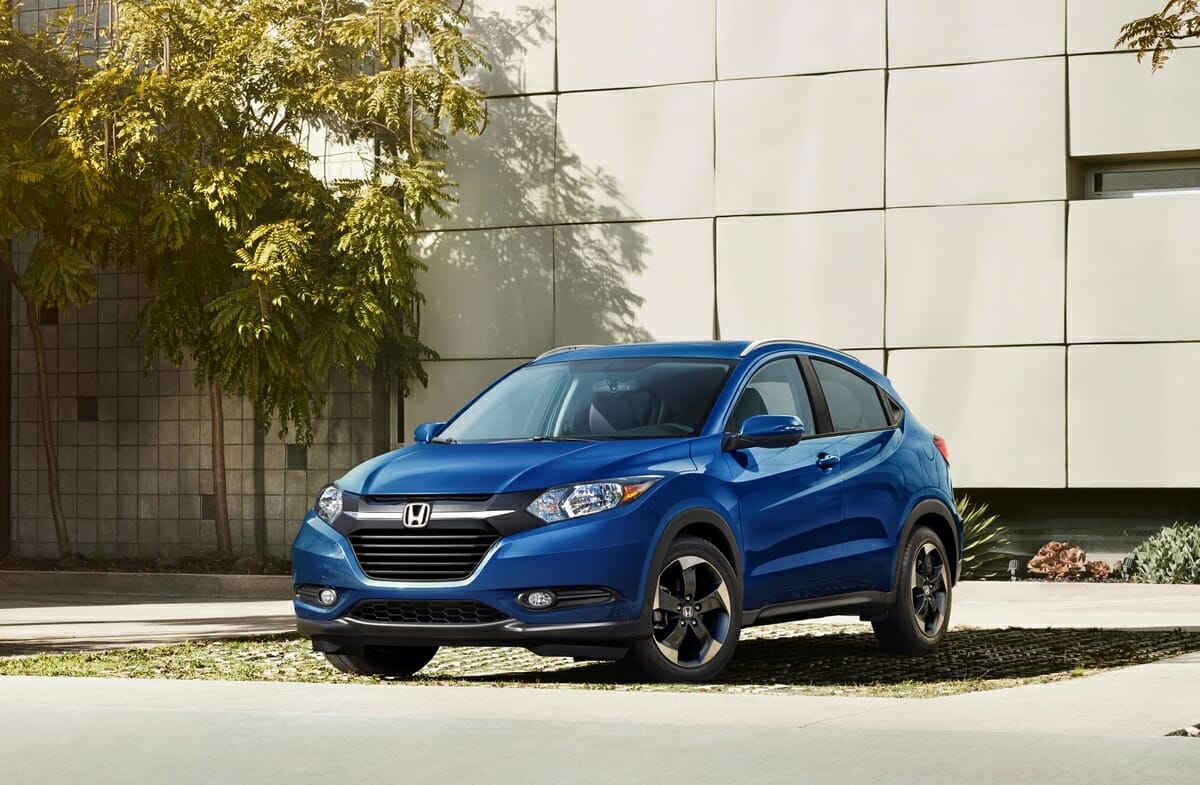
SOHC vs. DOHC & the Honda HR-V
The single overhead cam (SOHC) and dual overhead cam (DOHC) are single systems that utilize two valves per cylinder (one intake, one exhaust), and traditionally have less power. However, they are also less complex and therefore lighter, more economical, and easier to maintain. Honda uses both systems in various engines, depending on what vehicle the engine is going in.
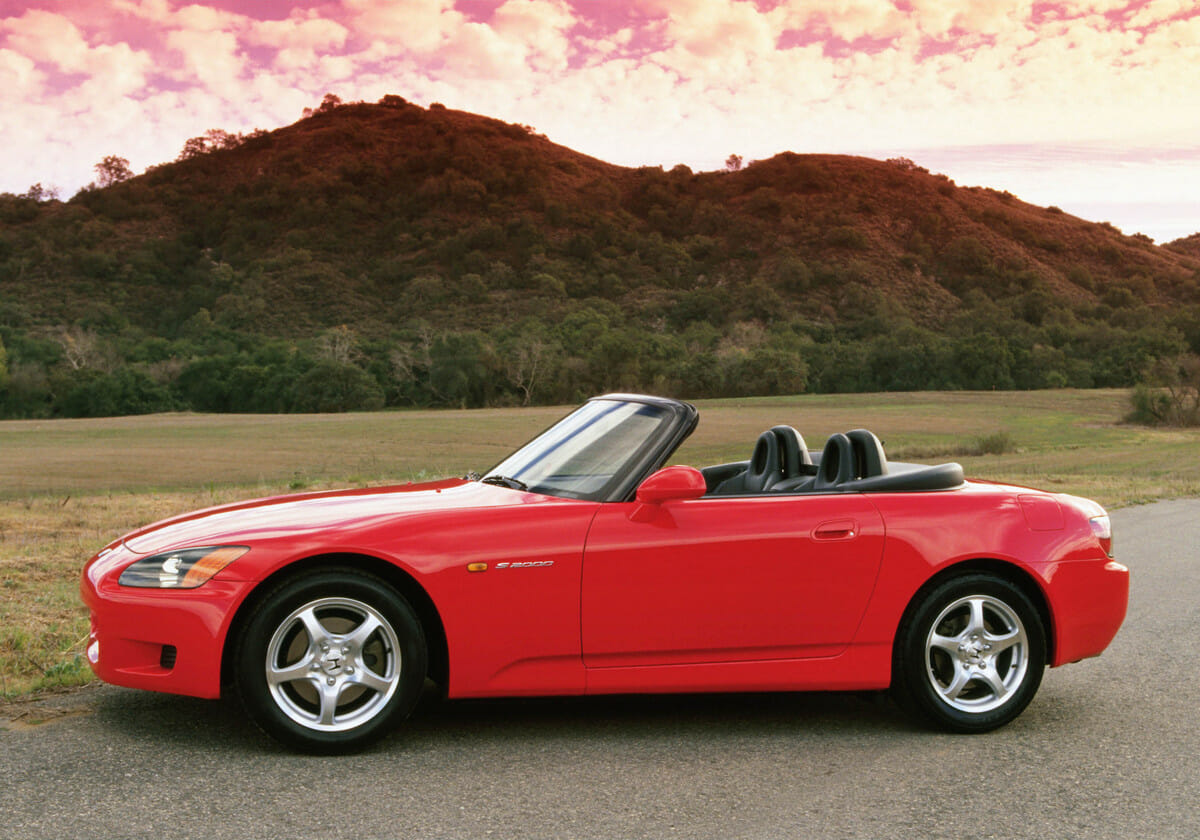
Motorsport Inspires Engine Innovations
Honda has participated in many forms of motorcycle and automotive racing competitions and has amassed a large trophy case. Many engine developments derived from time spent at the highest levels of motorsport competition, including Formula 1 and IndyCar.
An example of this are the titanium connecting rods in the original NSX supercar, which are a first for a production car. And the S2000 roadster’s 8,900 rpm redline allowed it to have the highest piston speed of any production car to date.
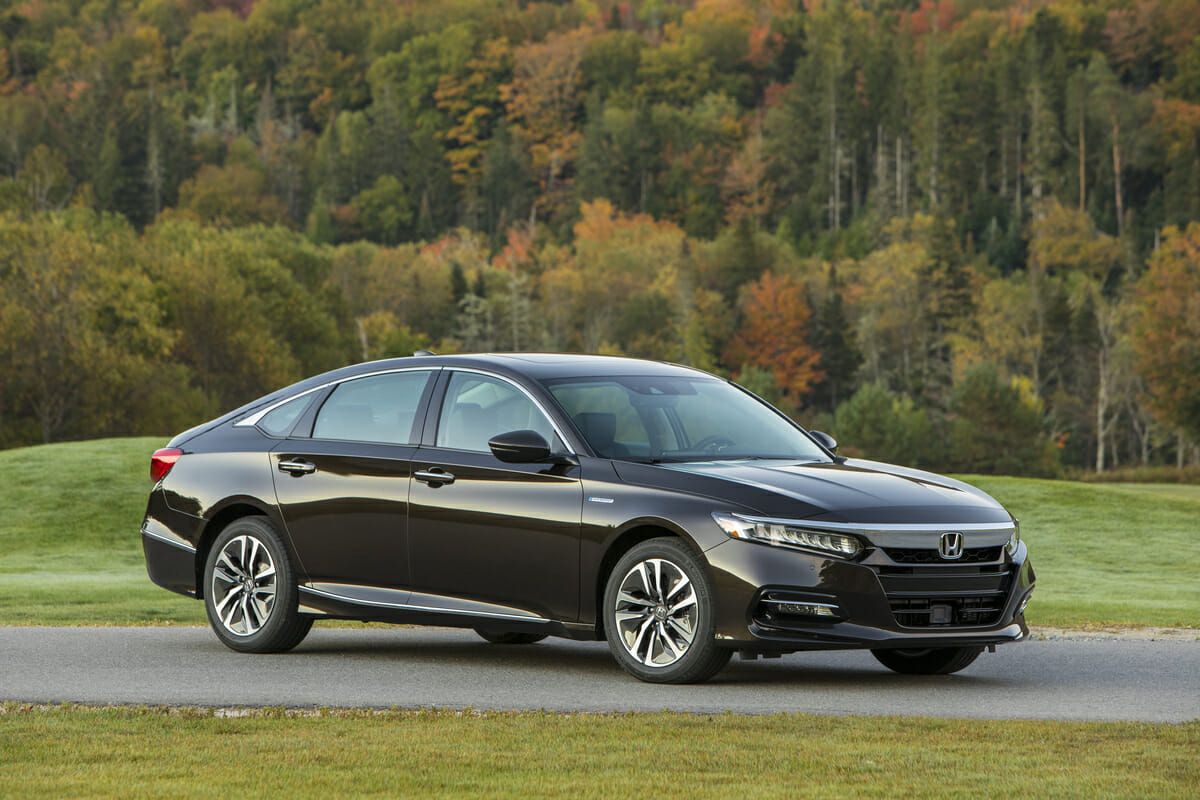
Honda’s Hybrid Systems
In 1999, Honda introduced the Insight, which was powered by a small three-cylinder 1.0-liter engine augmented by a battery. Since the release of that first Insight, Honda has gone on to produce well over a million hybrids worldwide. The engine in a hybrid is responsible for powering the car while also charging the battery pack.
Hybrid vehicles achieve better fuel economy and emissions ratings, but the power the engine produces is down compared to a conventional model. Honda currently sells the Accord, Insight, Clarity, and CR-V as hybrid models, with the Clarity getting up to 340 miles mpg on the highway.
A term you may hear while shipping for a hybrid model in regards to its engine is “Atkinson Cycle.” This is named after British engineer James Atkinson, and it’s simply a means of making the engine more efficient.
An Atkinson Cycle engine delays closing the intake valve during the compression stroke, which results in some low-end torque reduction. The battery pack will make up for this loss, with the benefit being a more fuel-efficient engine. The current 2.0L DOHC Atkinson i-VTEC engine in the Honda Accord has made it onto Wards 10 Best engines for 2020.
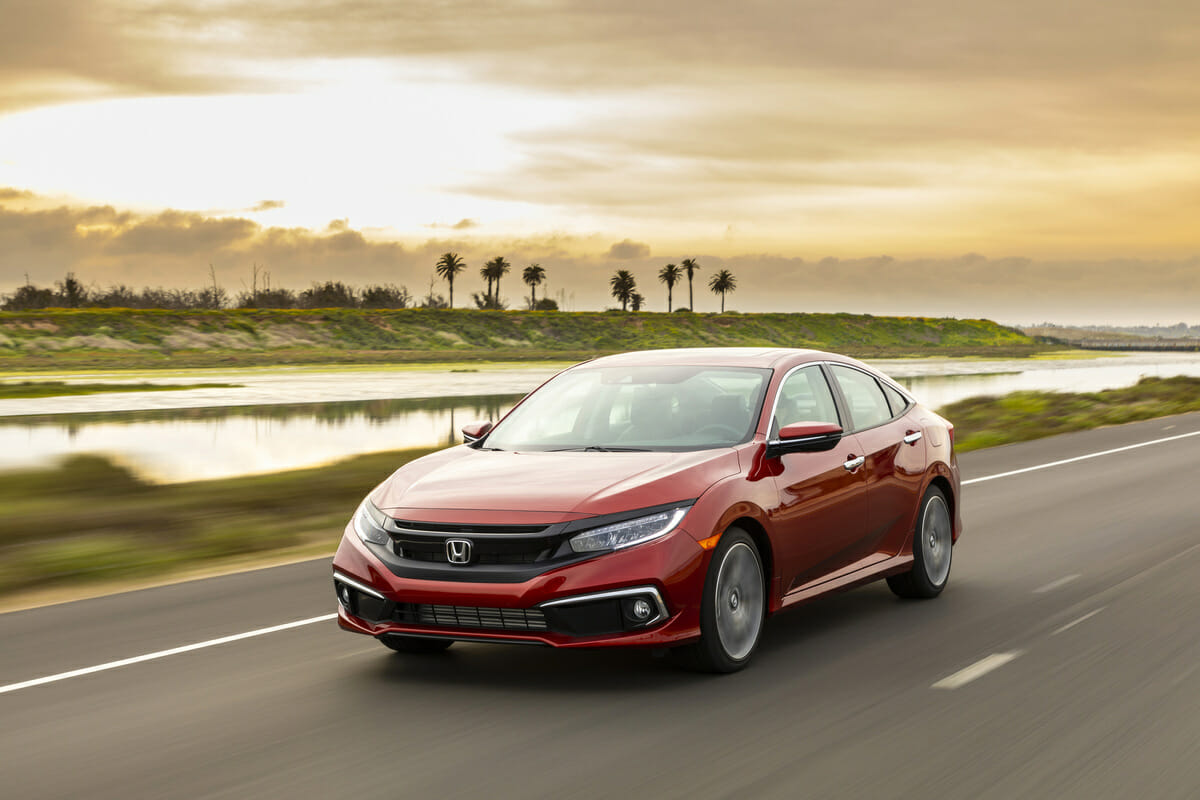
Most Popular Models
To understand what Honda’s best engine is, we need to see where those engines live. Three of America’s 10 best-selling cars are Hondas. The CR-V is number five, the Civic comes in at nine, and the Accord sedan places 10th.
These Hondas are available with typical modern Honda engines: the L, K, and R four-cylinder. Honda also produced a V6 engine, the J, available in models like the Honda Pilot and previous-generation Accords.
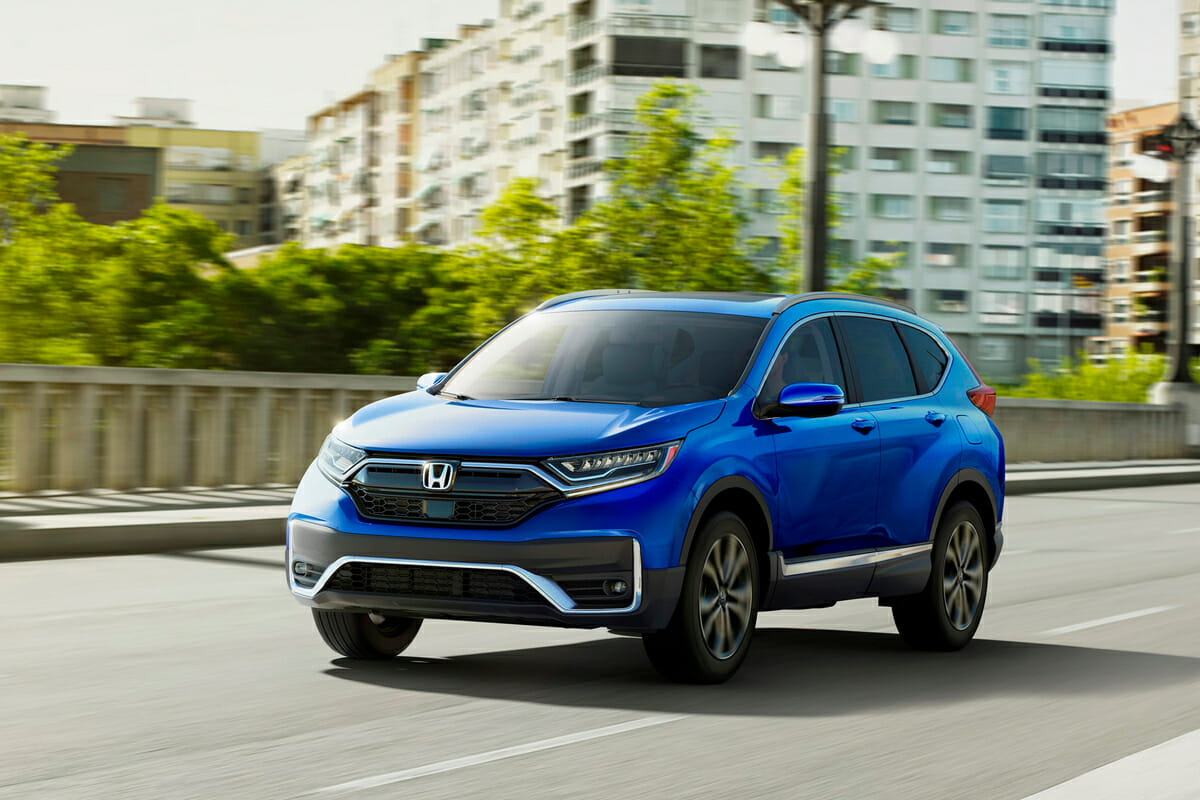
Honda’s L Engine
The L has been produced in many forms dating back to 2001, and in its current L15 state features a DOHC layout with VTEC and a turbocharger. Powering various trim models of the Civic, Accord, CR-V (and many others), the L15BE engine currently produces up to 205 horsepower and 192 lb.-ft. of torque in the Civic Si. The LFA1 engine in the current Honda Accord Hybrid was listed as Ward’s 10 Best Engine for 2019 and 2020.
Though Honda had traditionally eschewed adding turbochargers to its engines, the latest versions of the L15 feature one for added power while maintaining a small displacement. Available with both SOHC and DOHC valve systems, the current engine utilizes VTEC.
While largely reliable, the L15 engine is so efficient that it can have a hard time warming up in colder climates. This can cause unburnt fuel to stick to the combustion chambers and eventually mix with oil, causing the oil level to rise. In extreme cases, this can cause the engine to misfire. Honda has issued repair orders for affected cars, and a VIN report can show service records to ensure this won’t be an issue with your Honda.
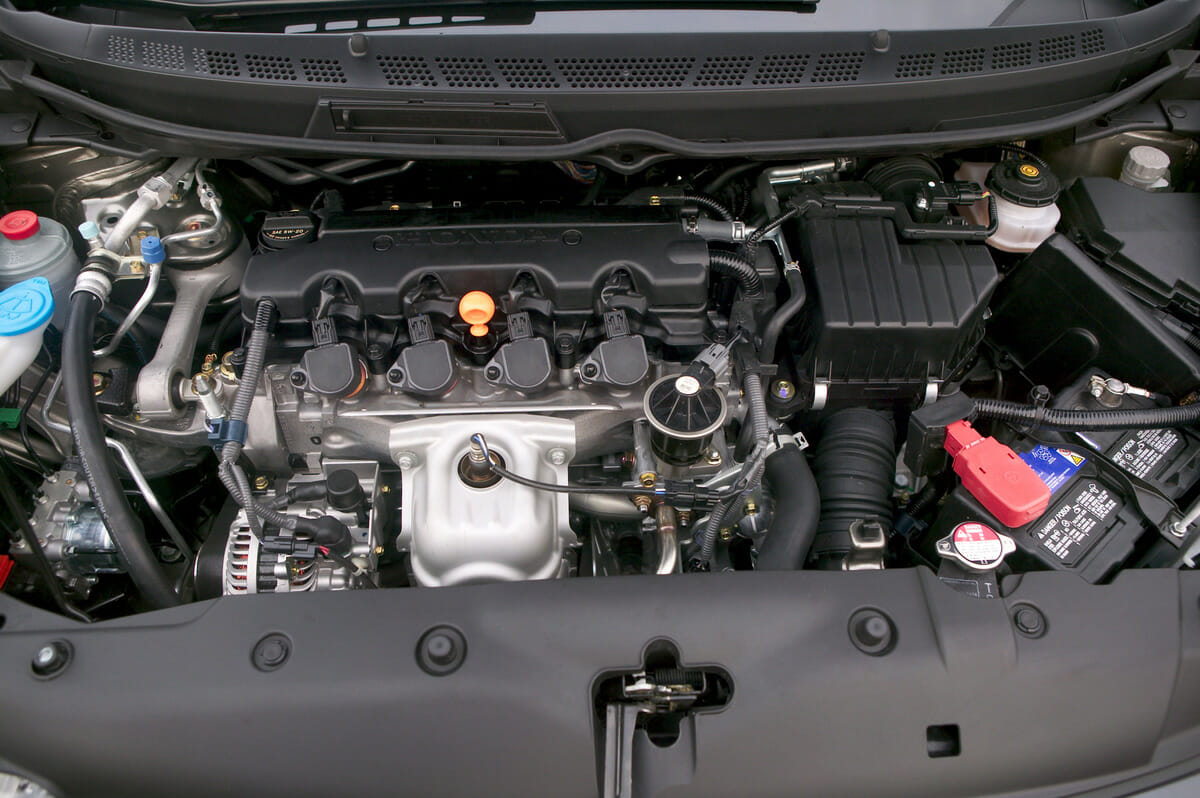
R Engine
Launched in 2006, the Honda “R” four-cylinder engine has traditionally been offered in Honda’s smaller offerings, like the Civic and HR-V. Available only in naturally aspirated form, the current engine (R20) offers a two-liter displacement, a SOHC valve train, and VTEC. Other modern features include a drive-by-wire throttle body and an intelligent VTEC system (i-VTEC) that provides better midrange power than Honda’s K20A motor.
Another reliable Honda product, the R mostly suffers from worn engine mounts, worn-out belt tensioner pulleys, and on occasion, incorrect valve clearances.
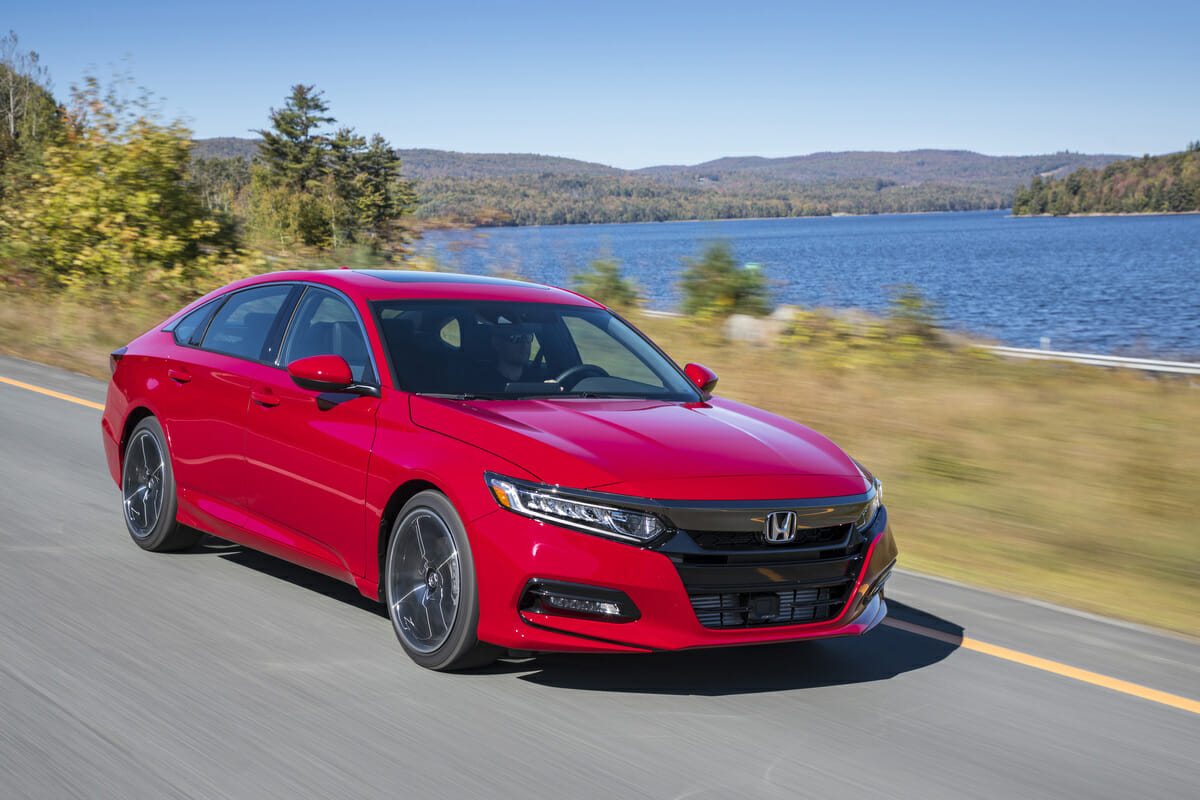
K Engine
The K dates to 2001 and is typically found in Honda’s more sporty products like the Honda Civic Type R and Honda Accord Sport. Currently equipped with VTEC and a turbocharger, this two-liter four-cylinder is capable of pumping out 306 horsepower and 296 lb.-ft. of torque in the Civic Type R. The “Earth Dreams” K24W from the Honda Accord Hybrid was listed on Ward’s 10 Best Engines for 2017.
With an output of 153 hp/L, the VTEC engine in the Civic Type R is the most powerful street-legal Honda ever to reach America.
As is often the case, Honda engine reliability remains superb for the K series engine. Common issues include Front crankshaft seals leaking oil, camshaft galling on older versions of the engine, and excessive vibrations from worn engine mounts.
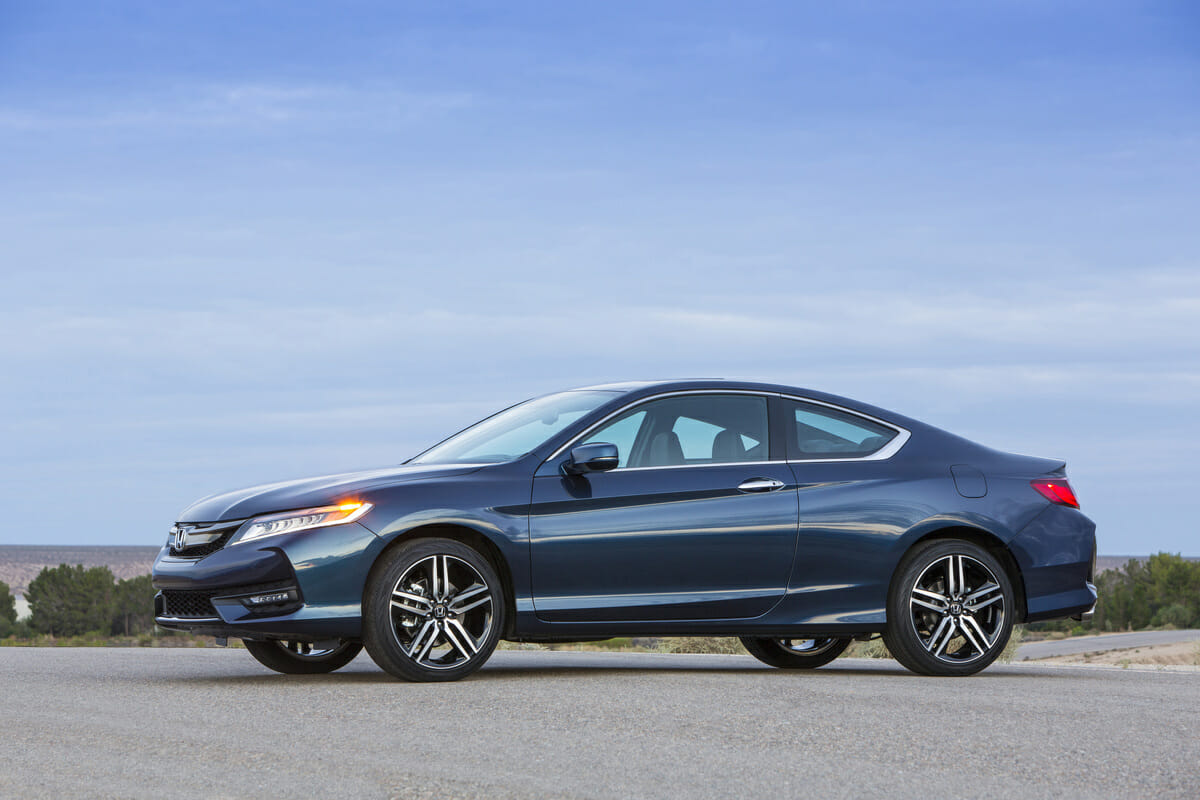
J Engine
Honda’s only V6 offering was designed in the United States and traces its origins to 1996. All J engines have SOHC valve designs and VTEC, and a unique feature of this engine is a Variable Cylinder Management (VCM) system.
This gives the J engine the ability to shut off three cylinders under light load for greater economy. It produces up to 310 horsepower and 275 lb.-ft. of torque. The 3.5-liter version offered in the Honda Accord Coupe made it on Ward’s 10 Best Engines list for 2013 and 2014.
The VCM system on the J engine is its biggest reason for unreliability. The control unit for the VCM is located above the alternator, and when the system leaks oil from worn seals, it spills directly onto the alternator, causing damage to the electrical systems.
Otherwise, it requires only typical maintenance like a timing belt replacement every 60,000 miles and a valve adjustment on some engines every 30,000 miles.
Carbon Buildup
Modern Honda engines utilize direct fuel injection, where fuel is injected directly into the cylinder head as opposed to the intake port. While this helps with engine efficiency, it can help cause carbon buildup inside engines with higher mileage. Regardless of the Honda you choose, this is a common issue, so get a PPI to ensure this won’t be an issue with your purchase.
Honda offers a Certified Pre-owned (CPO) program for cars with less than 86,000 miles on them. Undergoing a 182-point inspection, CPO cars tend to cost more than an uncertified car, but can be worth it to avoid problems like these.
Best Honda Engine?
Honda’s engines have been among the most reliable in the entire automotive industry, and there is no wrong option here. Repair Pal gives Honda as a brand a 4.0 out of 5.0, which ranks it 1st out of 32 for all car brands. And that’s not just for the engine, but the entire car.
Each engine has a long history dating to the early 2000s, so parts are common and easy to obtain. Honda’s naturally aspirated engines tend to produce their power in the upper ranges of the tachometer, while turbocharged engines have more low-end grunt and are a relatively new development for Honda in the U.S. market. VTEC has now been universally adopted and lends to each Honda’s signature top-end power surge and fun-to-drive factor.
Regardless of the Honda engine powering your car, you’ll enjoy every trouble-free moment behind the wheel.
Photos: Honda
